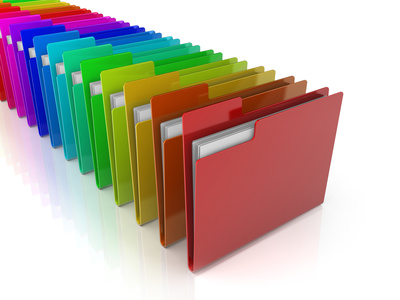Schematic representation of a category with objects X, Y, Z and morphisms f, g, g ∘ f. (The category's three identity morphisms 1 X, 1 Y and 1 Z, if explicitly represented, would appear as three arrows, from the letters X, Y, and Z to themselves, respectively.) Category theory formalizes and its concepts in terms of a labeled called a, whose nodes are called objects, and whose labelled directed edges are called arrows (or ). A has two basic properties: the ability to the arrows, and the existence of an arrow for each object. The language of category theory has been used to formalize concepts of other high-level such as,,. Informally, category theory is a general theory of. Several terms used in category theory, including the term 'morphism', are used differently from their uses in the rest of mathematics. In category theory, morphisms obey conditions specific to category theory itself.
Content categories organize channels and videos on YouTube and help creators, advertisers, and channel managers identify with content and audiences they. This report provides you with a breakdown of market data including data on establishments by hotel category, rooms by hotel category, room occupancy rate by hotel category, rooms nights available by hotel category, rooms nights occupied by hotel category, revenue per available room by hotel category, revenue per occupied room by hotel category, total revenue per available room, total room.
And introduced the concepts of categories,, and in 1942–45 in their study of, with the goal of understanding the processes that preserve mathematical structure. Category theory has practical applications in, for example the usage of. It may also be used as an axiomatic foundation for mathematics, as an alternative to and other proposed foundations. Contents • • • • • • • • • • • • • • • • • • • • • • • • Basic concepts [ ] Categories represent abstractions of other mathematical concepts. Many areas of mathematics can be formalised by category theory as. Hence category theory uses abstraction to make it possible to state and prove many intricate and subtle mathematical results in these fields in a much simpler way. A basic example of a category is the, where the objects are sets and the arrows are functions from one set to another.
However, the objects of a category need not be sets, and the arrows need not be functions. Any way of formalising a mathematical concept such that it meets the basic conditions on the behaviour of objects and arrows is a valid category—and all the results of category theory apply to it. The 'arrows' of category theory are often said to represent a process connecting two objects, or in many cases a 'structure-preserving' transformation connecting two objects.


There are, however, many applications where much more abstract concepts are represented by objects and morphisms. Domestos gelj instrukciya po primeneniyu. The most important property of the arrows is that they can be 'composed', in other words, arranged in a sequence to form a new arrow. Applications of categories [ ] Categories now appear in many branches of mathematics, some areas of where they can correspond to or to, and where they can be used to describe. Probably the first application of category theory outside pure mathematics was the 'metabolism-repair' model of autonomous living organisms. Utility [ ] Categories, objects, and morphisms [ ]. This section needs additional citations for.